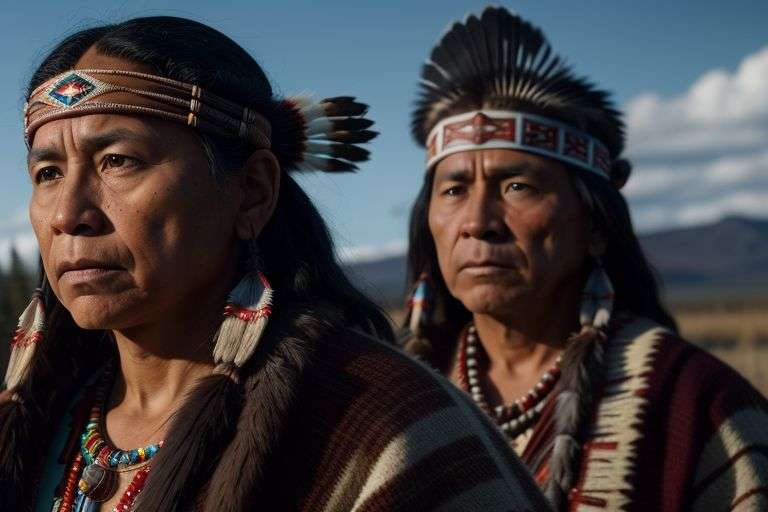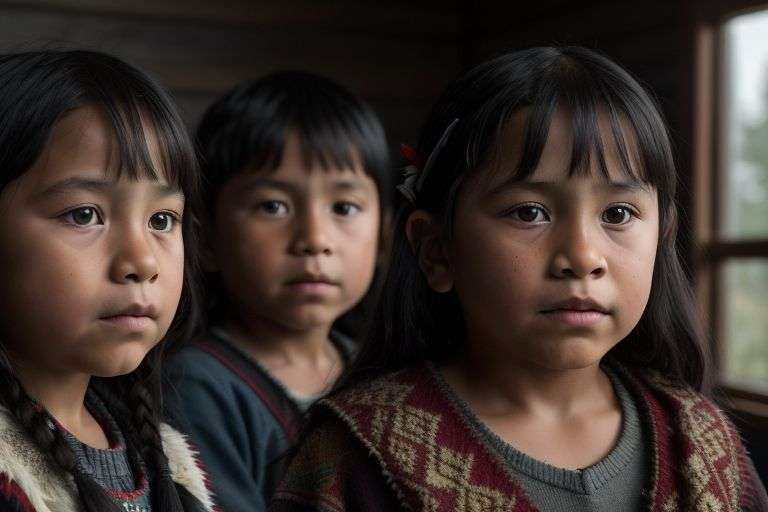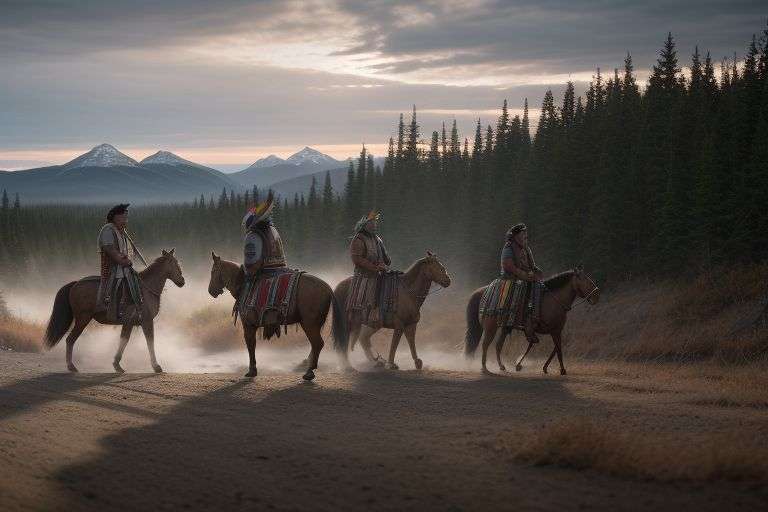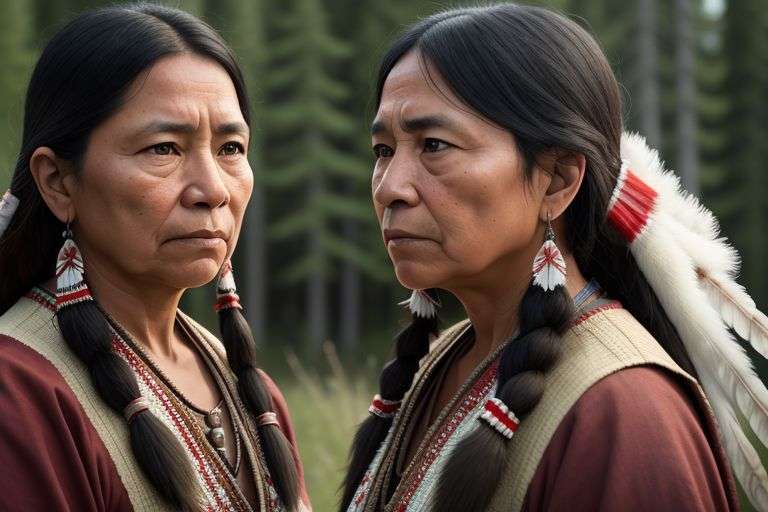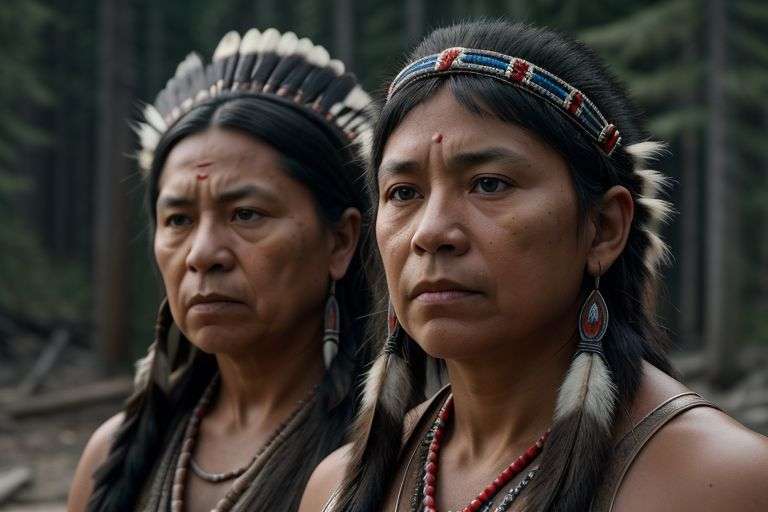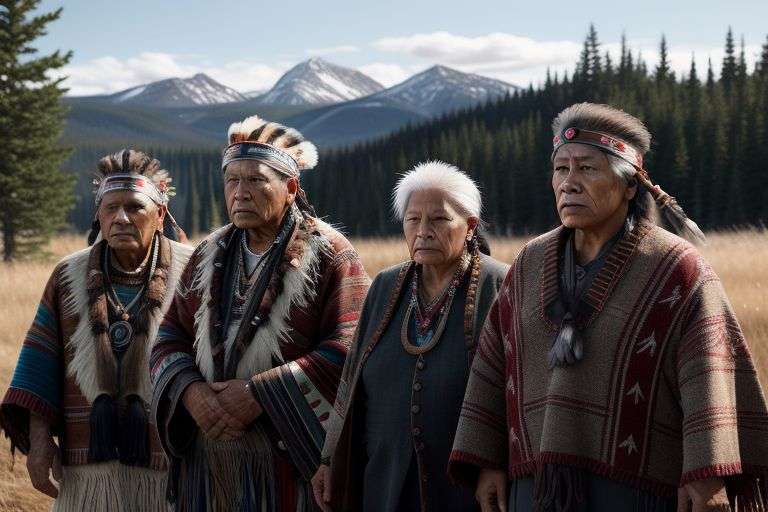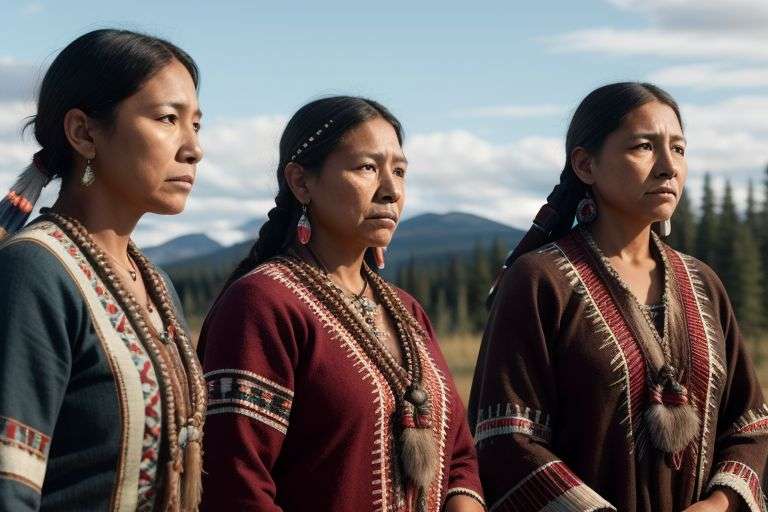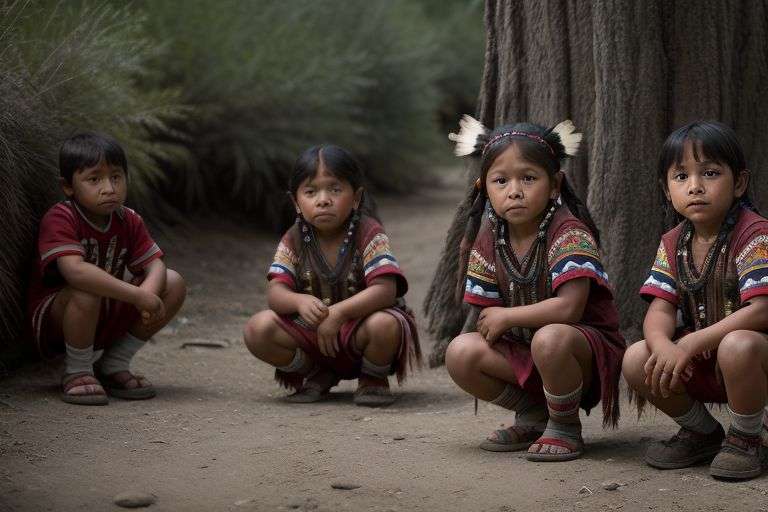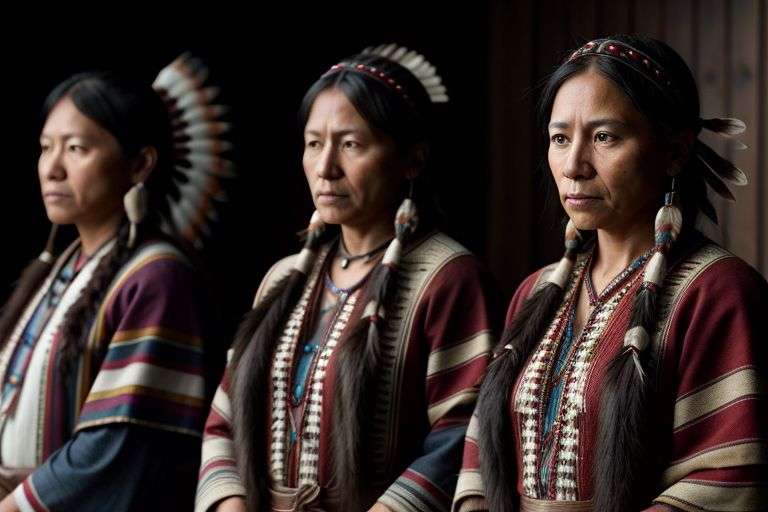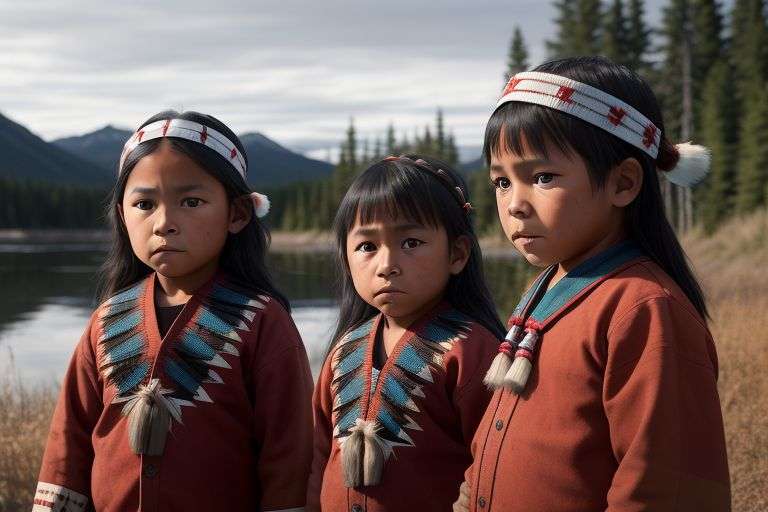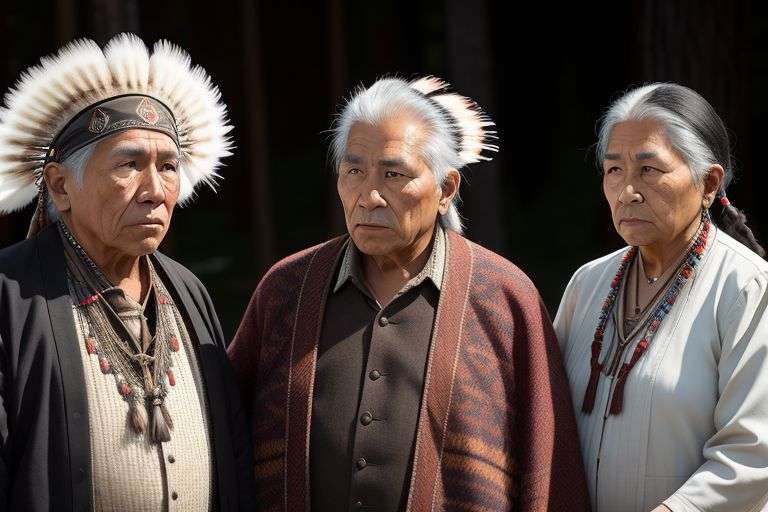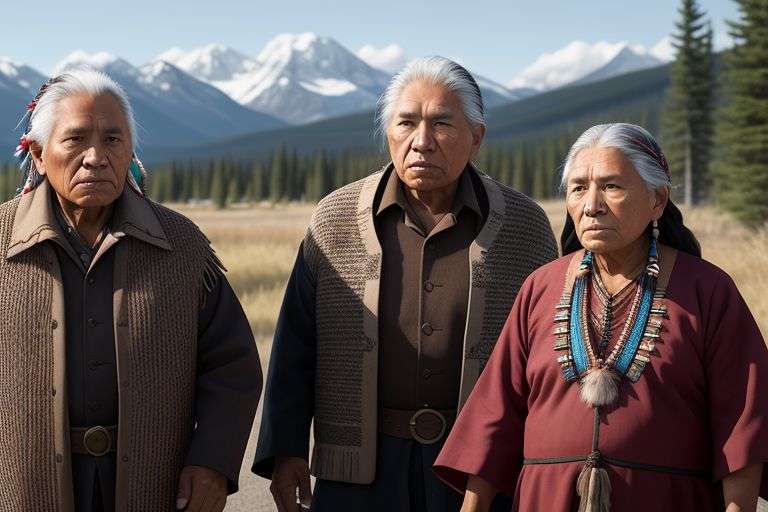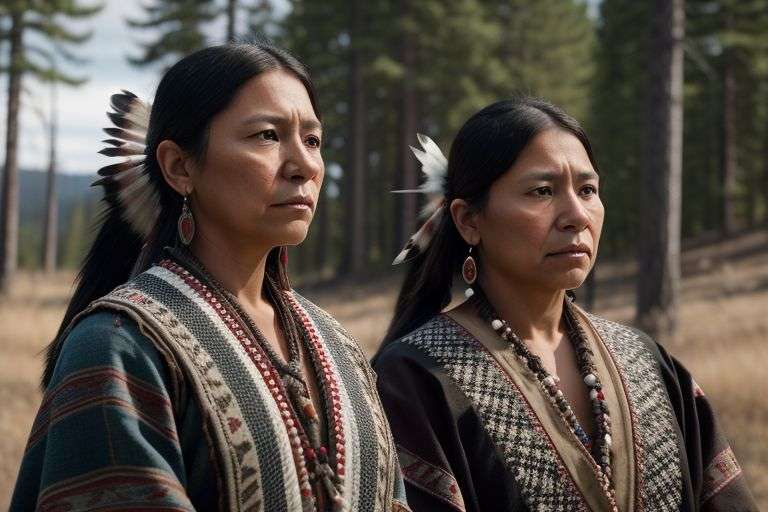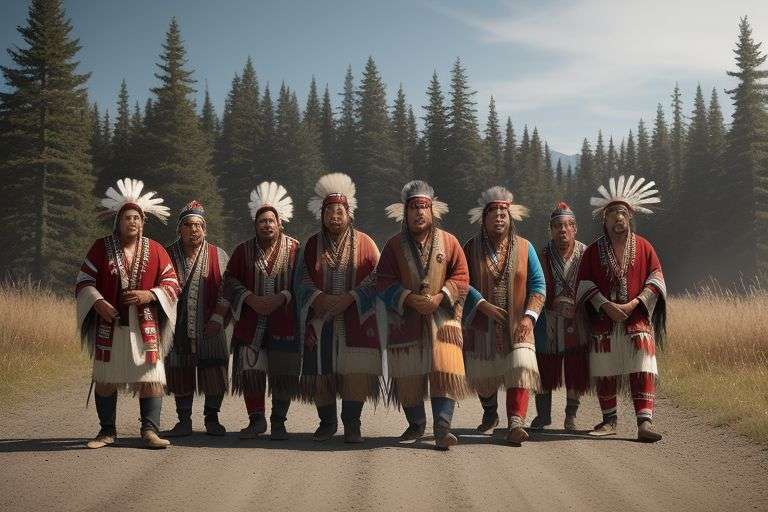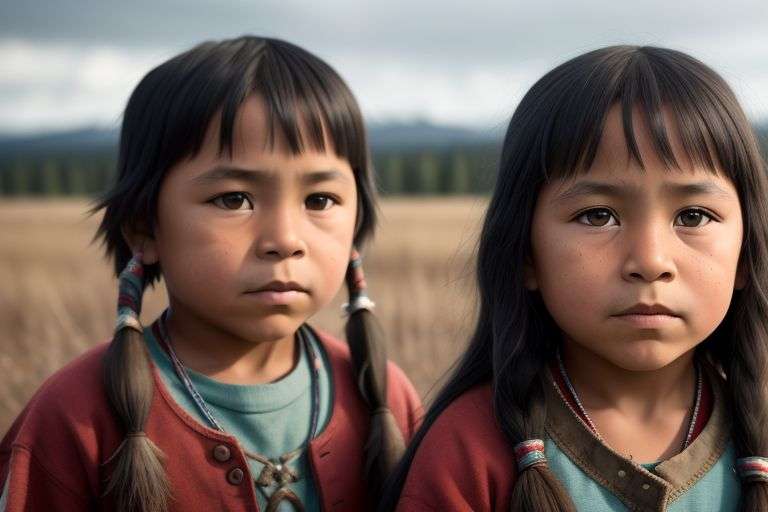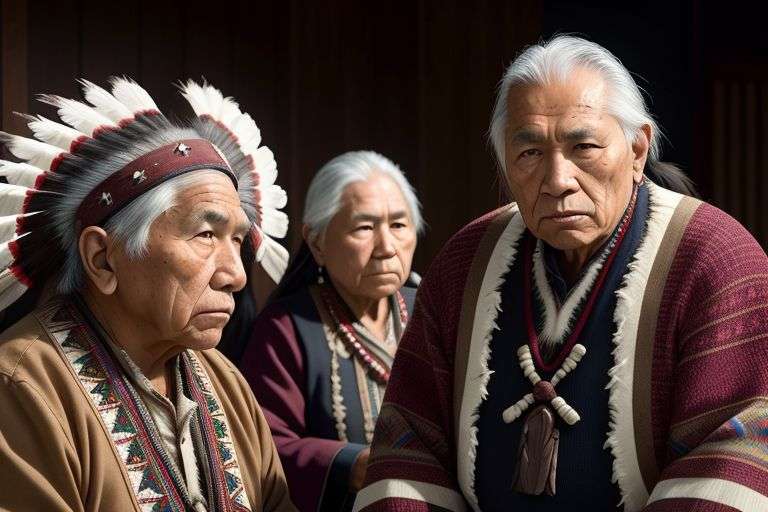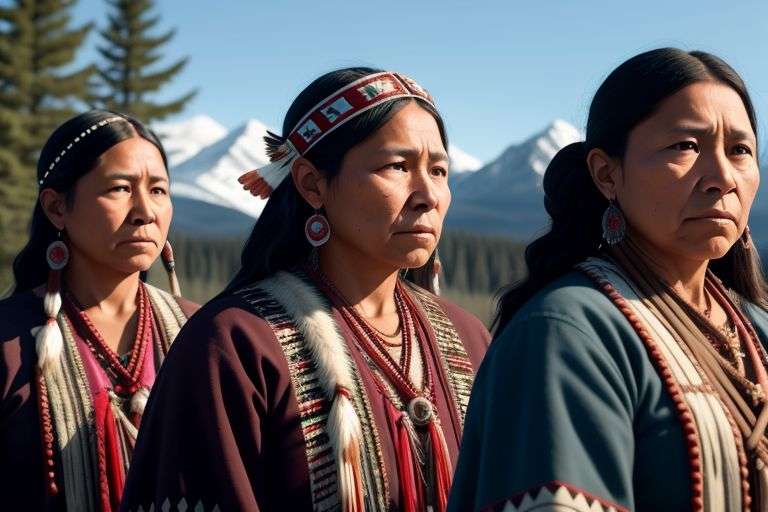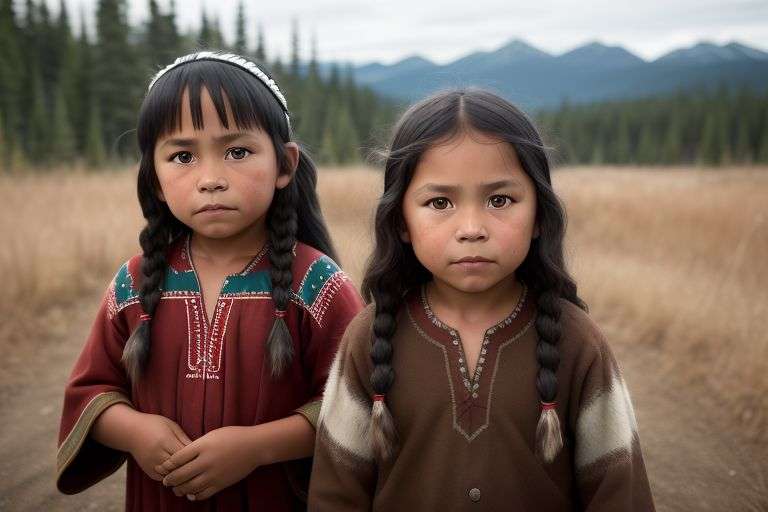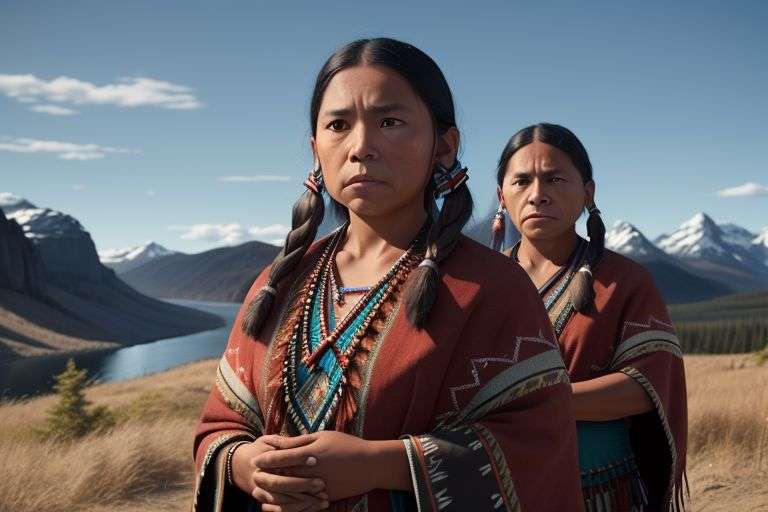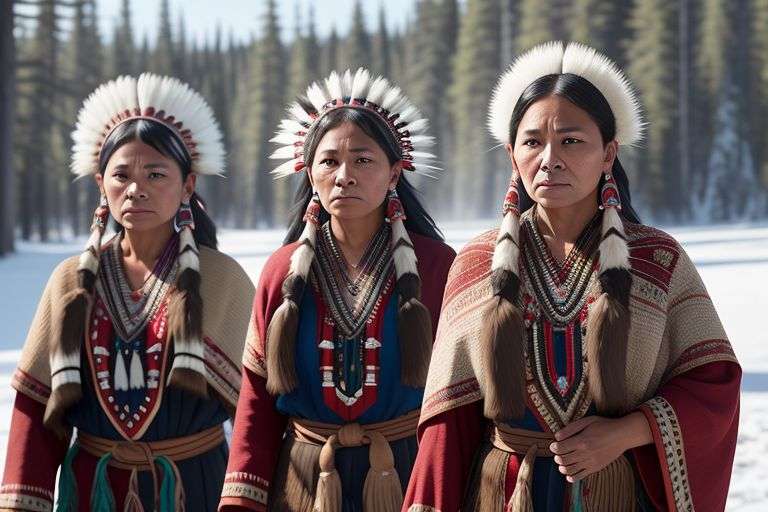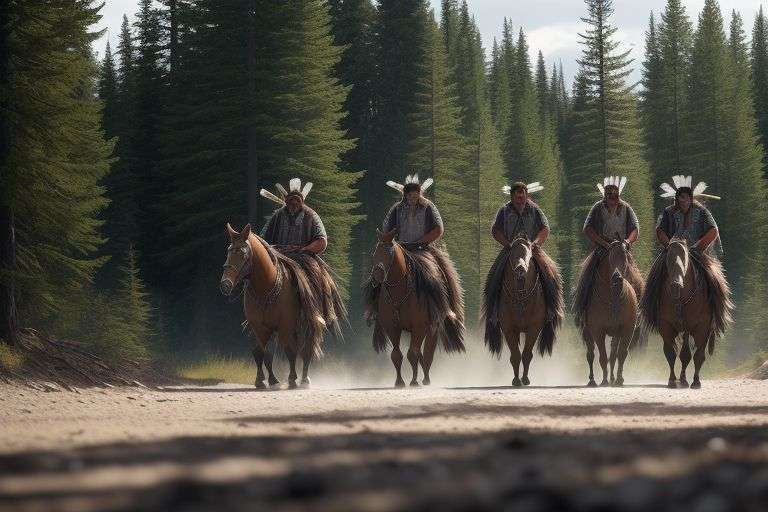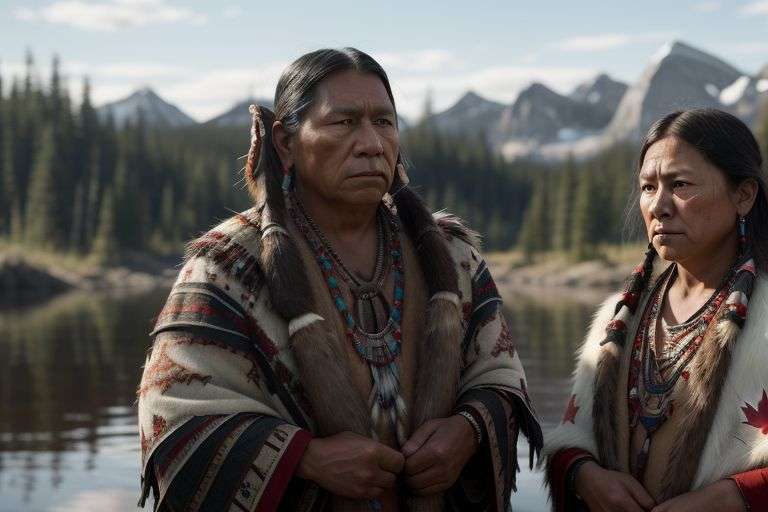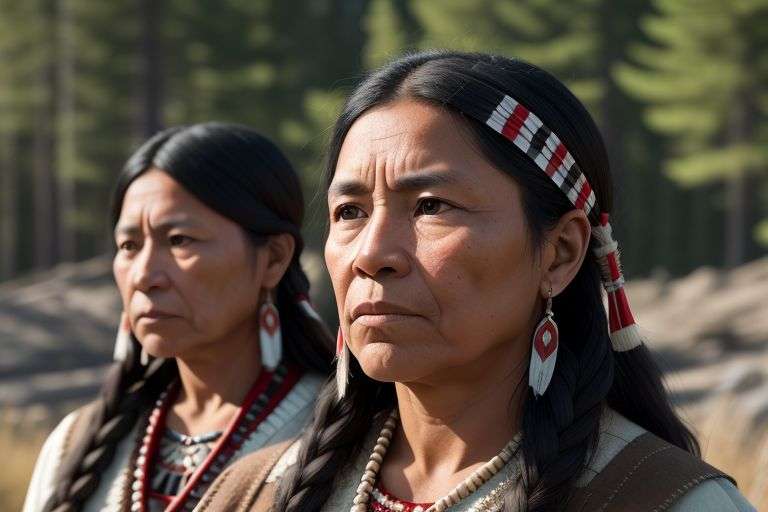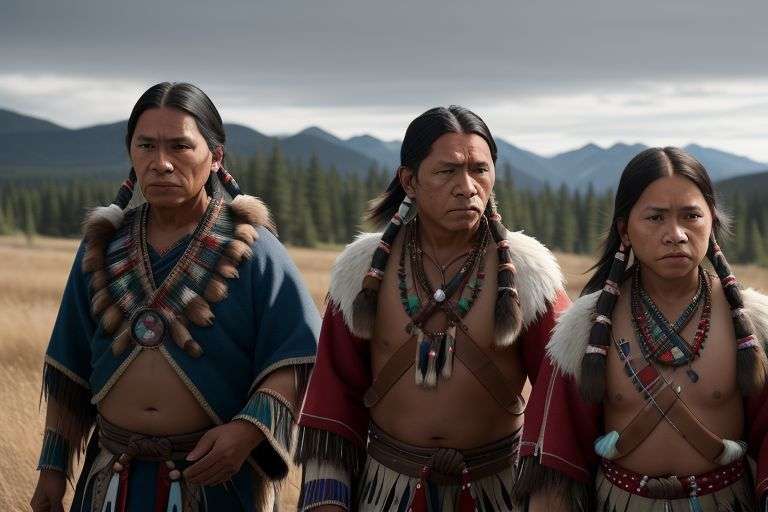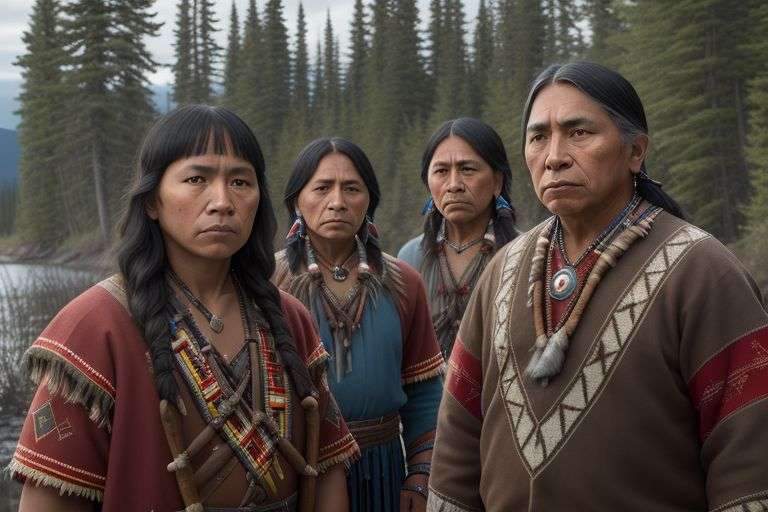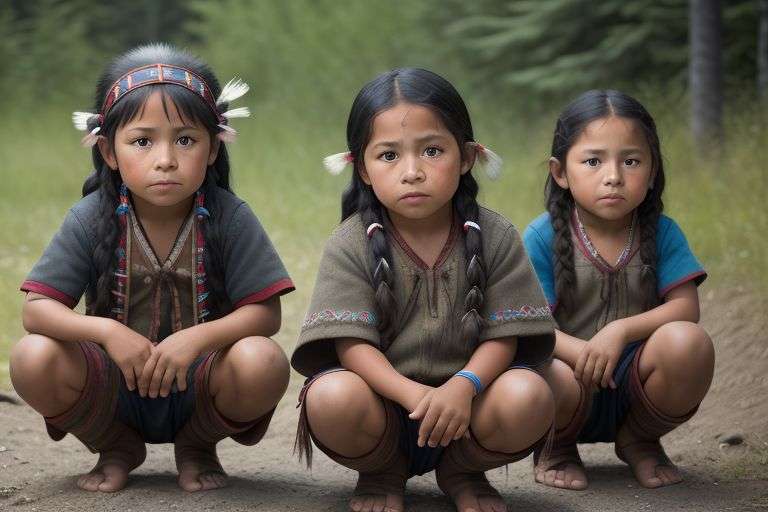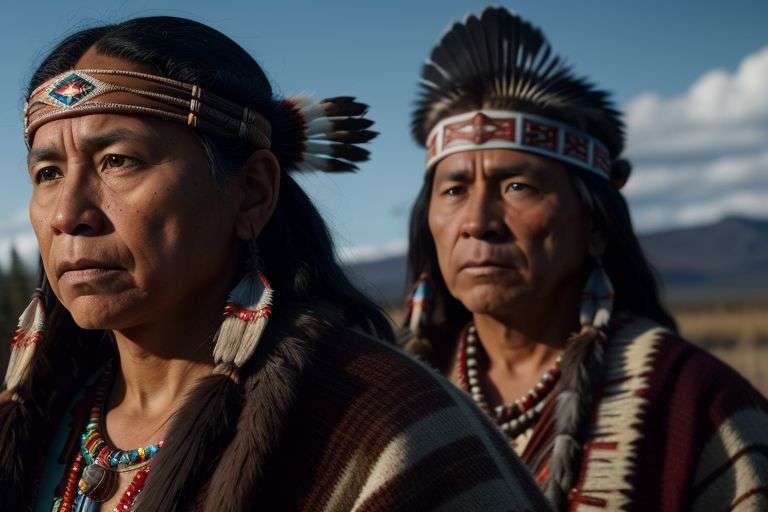In the unfolding tapestry of Canadian history, certain moments mark a paradigm shift towards reconciliation and healing. On July 15, one such moment will take place as the Government of Canada steps up to formally apologize to Nine Dakota and Lakota First Nations in a heartfelt ceremony at Whitecap Dakota Nation, Saskatchewan. This is not just another political gesture—it is an extraordinary acknowledgment that aims to mend wounds deeply rooted in centuries of historical injustices. Picture the emotional resonance that will sweep through the assembled dignitaries, Elders, and community members as they gather to witness this monumental occasion, where history will be both confronted and reshaped.
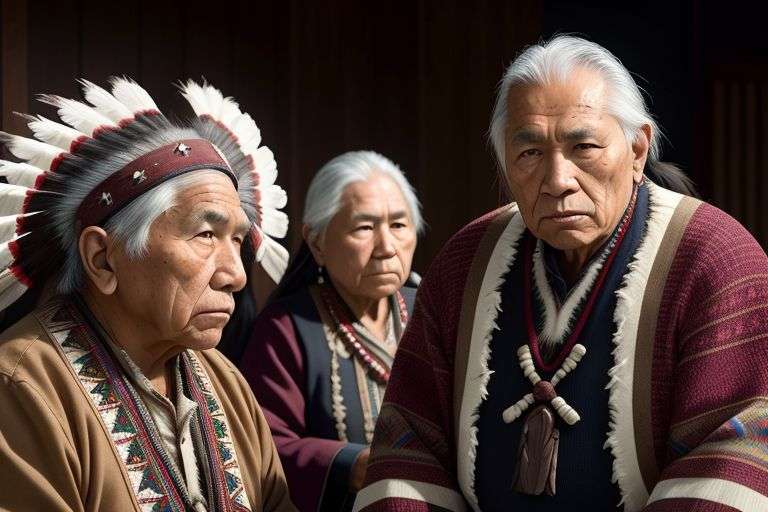
Minister of Crown-Indigenous Relations, Honourable Gary Anandasangaree, will bear the solemn responsibility of delivering this formal apology, a poignant act that seeks to pave the way for a new chapter in relations between the government and the Indigenous peoples of Canada. The ceremony will see the attendance of representatives from all nine First Nations: Birdtail Sioux Dakota Nation, Canupwakpa Dakota First Nation, Dakota Plains Wahpeton First Nation, Dakota Tipi First Nation, Sioux Valley Dakota Nation, Standing Buffalo Dakota Nation, Wahpeton Dakota Nation, Whitecap Dakota First Nation, and Wood Mountain Lakota First Nation. This gathering will not merely be a formal event but a significant step toward justice, recognition, and the genuine pursuit of unity. Join us as we delve deeper into the profound implications of this historic apology and what it signifies for the future of these resilient communities.
Historical Background of Dakota and Lakota First Nations
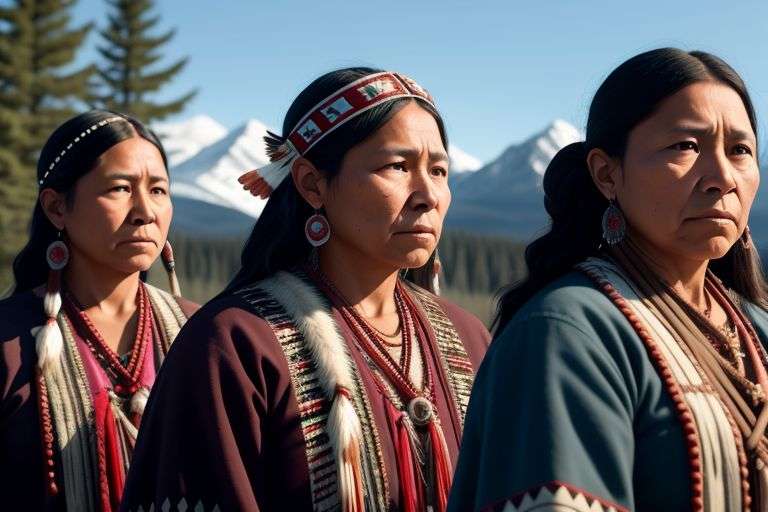
The historical background of Dakota and Lakota First Nations is rich and complex. These Indigenous peoples have a deep-rooted connection to the land and a vibrant cultural heritage that dates back centuries. Understanding their history is crucial to appreciating the challenges they have faced and continue to encounter.
The Dakota and Lakota First Nations have a long history of resilience in the face of colonization and forced assimilation. Their traditional territories once spanned vast areas of what is now known as the United States and Canada. However, their way of life was profoundly impacted by European contact and subsequent government policies.
The Government of Canada’s forthcoming formal apology to nine Dakota and Lakota First Nations marks a significant moment in Indigenous relations. This gesture acknowledges past wrongs and paves the way for healing and reconciliation. It is a step towards addressing historical injustices and building stronger partnerships with Indigenous communities.
By recognizing the historical background of Dakota and Lakota First Nations, we honor their enduring legacy and strive towards a more inclusive and equitable future.
Longstanding Injustices Faced by Nine First Nations
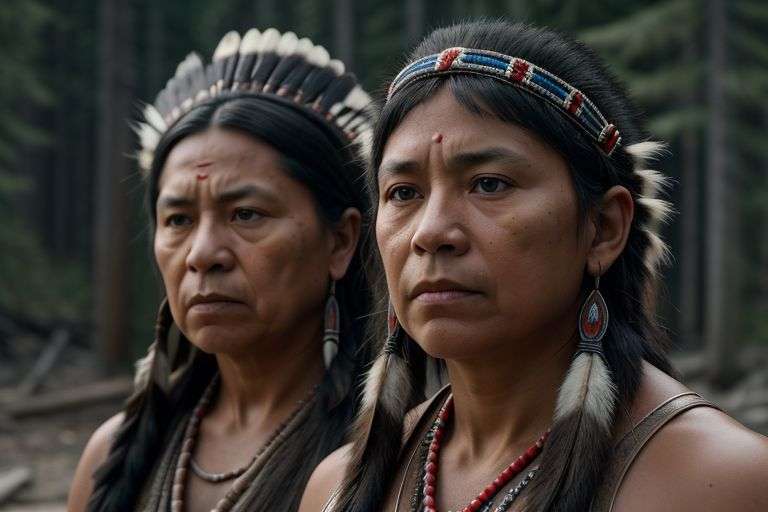
The Government of Canada’s forthcoming formal apology to the nine Dakota and Lakota First Nations is a significant step towards addressing longstanding injustices. These Indigenous communities have endured historical trauma and systemic discrimination for generations. The acknowledgment of past wrongs is crucial for healing and reconciliation.
The apology signifies a pivotal moment in Canadian history, recognizing the need to confront the legacy of colonialism and its impact on Indigenous peoples. It is a testament to the perseverance and resilience of the nine First Nations in their pursuit of justice and recognition.
By acknowledging the injustices faced by these communities, the Government of Canada is taking a proactive step towards reconciliation. This gesture has the potential to pave the way for meaningful dialogue and partnership between the government and Indigenous peoples.
The formal apology holds immense symbolic value and marks a turning point in the relationship between the Canadian government and the Dakota and Lakota First Nations. It is a step towards acknowledging the past and working together towards a more inclusive and equitable future.
Significance of Government Acknowledgment and Apology
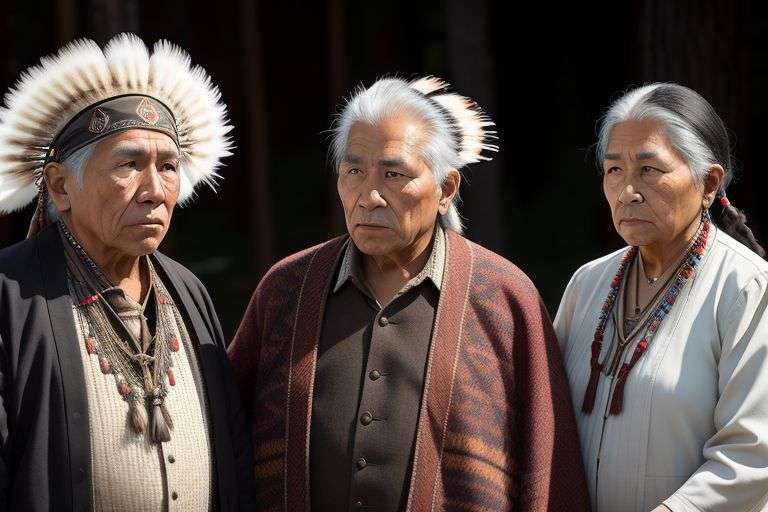
The Government of Canada’s acknowledgment and apology to the Nine Dakota and Lakota First Nations hold immense historical significance. This formal apology marks a pivotal moment in addressing past injustices and fostering reconciliation. By recognizing and apologizing for past wrongs, the government acknowledges the deep-rooted pain and trauma inflicted on these Indigenous communities.
Apologies play a crucial role in healing intergenerational wounds and rebuilding trust between the government and Indigenous peoples. The acknowledgment of historical injustices is a vital step towards creating a more inclusive and equitable society for all.
This historic moment signifies a commitment to truth and reconciliation, paving the way for a more harmonious relationship between the government and Indigenous communities. It sets a precedent for other nations to take responsibility for their actions and strive towards a more just and respectful future.
Minister Anandasangaree’s Role in the Ceremony
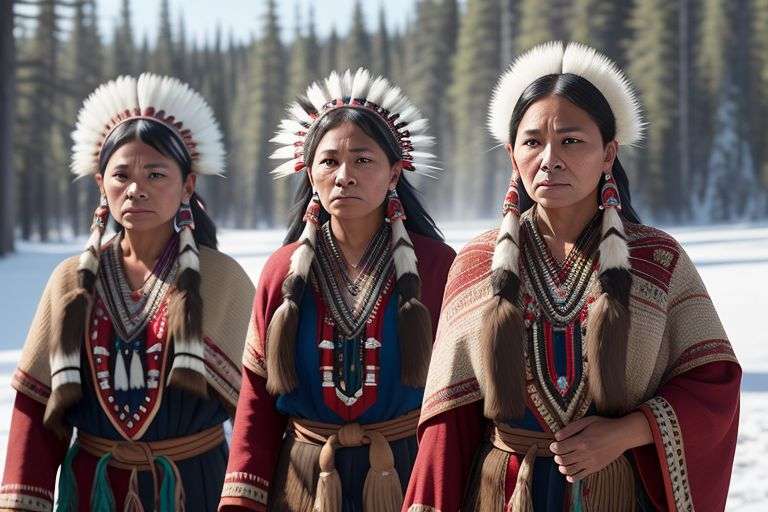
Minister Anandasangaree played a pivotal role in the ceremony, symbolizing unity and reconciliation. His presence highlighted the importance of acknowledging past wrongs and moving towards a more inclusive future. As a key figure in the community, his participation brought a sense of authenticity to the event.
The Government of Canada’s decision to formally apologize to Nine Dakota and Lakota First Nations marks a historic moment in Indigenous relations. This gesture signifies a step towards healing and repairing the broken trust between the government and First Nations communities. Minister Anandasangaree’s involvement underscores the government’s commitment to righting the wrongs of the past and forging a new path forward.
The ceremony was a powerful reminder of the resilience and strength of Indigenous peoples. It served as a platform for dialogue, understanding, and ultimately, reconciliation. Minister Anandasangaree’s role in this significant event will be remembered as a catalyst for positive change and meaningful progress in Indigenous affairs.
Community and Elder Involvement in the Event
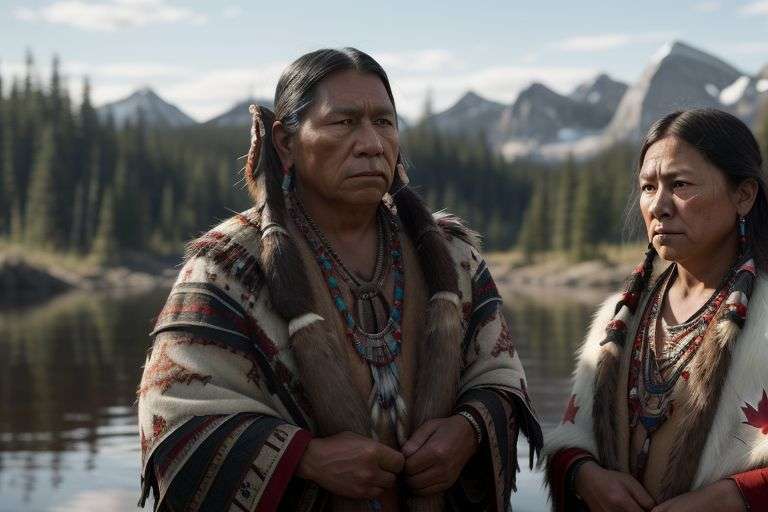
Community and elder involvement in the event surrounding the Government of Canada’s formal apology to nine Dakota and Lakota First Nations is crucial for honoring the significance of this historic moment.
Involving the community ensures that the apology resonates with those directly impacted by past injustices. Elders play a vital role in providing wisdom and guidance, bridging the gap between generations and offering cultural insights that enrich the event.
Their presence brings authenticity and depth to the proceedings, highlighting the importance of acknowledging and learning from the mistakes of the past. Community engagement fosters a sense of unity and healing, setting the stage for reconciliation and moving forward together.
By actively involving the community and respecting the wisdom of elders, the event not only acknowledges historical wrongs but also paves the way for a more inclusive and understanding future for all involved.
Impacts of Formal Apology on Healing and Reconciliation
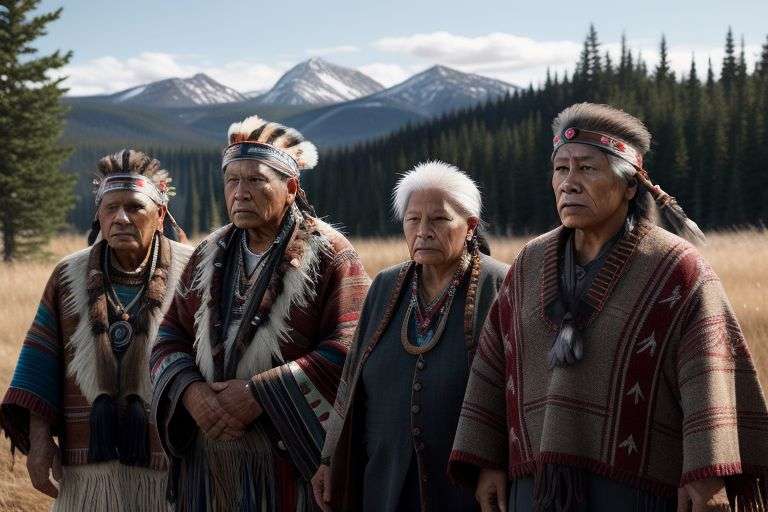
When acknowledging past wrongs, a formal apology holds immense power in fostering healing and reconciliation. The **Government of Canada to formally Apologize to Nine Dakota and Lakota First Nations** signifies a significant step towards addressing historical injustices.
A formal apology from a governing body can serve as a crucial catalyst for initiating conversations around reconciliation. It acknowledges the pain and suffering experienced by communities, validating their experiences and emotions. This act of contrition paves the way for healing to begin.
Moreover, a formal apology demonstrates accountability and a willingness to learn from the mistakes of the past. It signals a commitment to building a more inclusive and respectful relationship moving forward. By acknowledging past wrongs, the Government of Canada is taking a proactive stance in promoting healing and reconciliation with the **First Nations** communities affected.
In essence, a formal apology is not just a symbolic gesture; it carries the potential to **heal** deep-seated wounds, foster understanding, and pave the way for genuine reconciliation between parties.
A Renewed Path Towards Indigenous-Government Relations
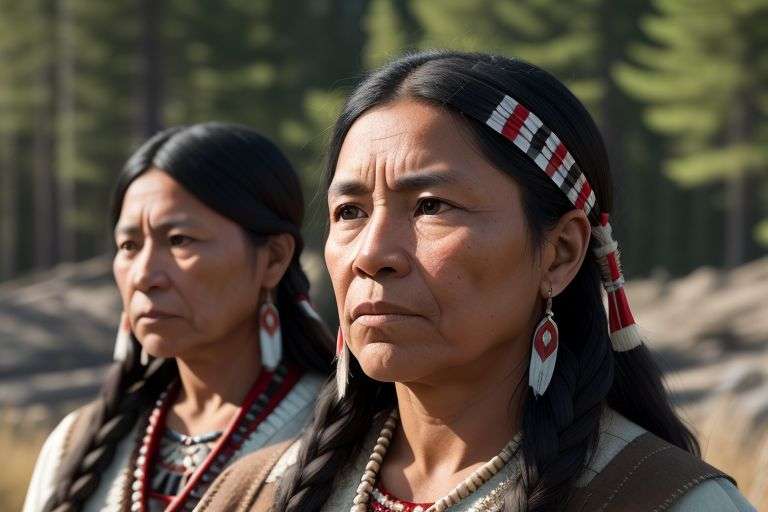
The Government of Canada’s upcoming formal apology to nine Dakota and Lakota First Nations marks a significant step towards improving Indigenous-government relations. This historic moment signifies a renewed commitment to reconciliation and acknowledgment of past wrongdoings.
The apology serves as a crucial milestone in addressing the injustices and historical trauma experienced by Indigenous communities. It paves the way for healing and building trust between the government and First Nations peoples.
By acknowledging past mistakes and expressing remorse, the Government of Canada demonstrates its willingness to take responsibility and move towards a more inclusive and respectful relationship with Indigenous communities. This formal apology not only recognizes the pain and suffering of the Dakota and Lakota First Nations but also sets a precedent for future engagements with all Indigenous groups in Canada.
Overall, this gesture signifies a positive shift towards fostering meaningful dialogue, understanding, and cooperation between the government and Indigenous peoples, laying the foundation for a more equitable and harmonious future.
Reflections on the Future for Dakota and Lakota First Nations
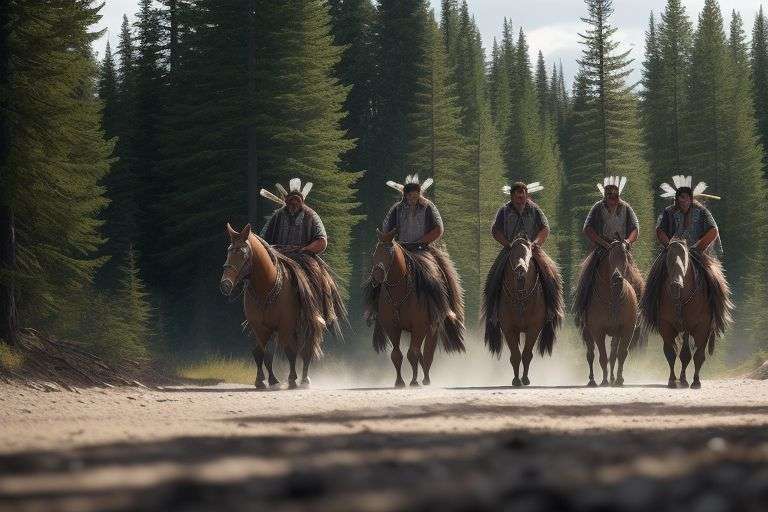
Reflecting on the future for Dakota and Lakota First Nations holds immense significance as the Government of Canada prepares to formally apologize to nine Dakota and Lakota First Nations. This historic moment marks a pivotal step towards reconciliation and healing for these communities.
The forthcoming apology signifies a recognition of past wrongs and a commitment to fostering positive relationships moving forward. It opens the door to discussions on addressing systemic issues, promoting cultural revitalization, and enhancing socio-economic opportunities for Dakota and Lakota First Nations.
As we look ahead, it is crucial to acknowledge the resilience and strength of these communities in the face of historical injustices. The apology serves as a catalyst for renewed hope and empowerment, paving the way for a more inclusive and equitable future for all.
The journey towards reconciliation is a complex and ongoing process, but with this significant gesture from the Government of Canada, there is newfound optimism for forging a path of unity and understanding between the authorities and Dakota and Lakota First Nations.
Commemorating the Ceremony at Whitecap Dakota Nation
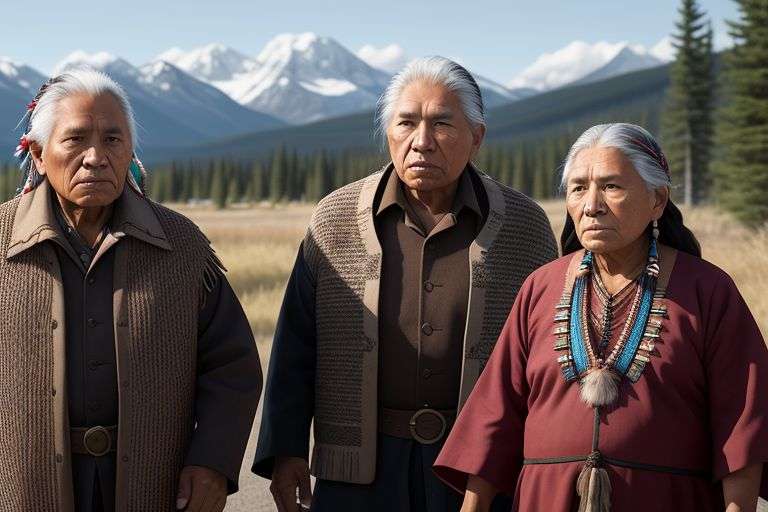
In a historic moment, the Government of Canada is set to formally apologize to the Nine Dakota and Lakota First Nations, commemorating the ceremony at Whitecap Dakota Nation. This significant event marks a crucial step towards reconciliation and healing between the government and Indigenous communities.
The apology signifies a milestone in acknowledging past wrongs and injustices faced by the Dakota and Lakota First Nations, paving the way for a renewed relationship based on respect and understanding. The ceremony at Whitecap Dakota Nation holds immense cultural and symbolic importance, highlighting the strength and resilience of Indigenous peoples.
As the Government of Canada takes this unprecedented step, it signals a commitment to addressing historical grievances and building a more inclusive and equitable future for all. The ceremony serves as a poignant reminder of the importance of reconciliation and collaboration in creating a better tomorrow for generations to come.
Conclusion: Embracing a New Chapter of Unity and Understanding
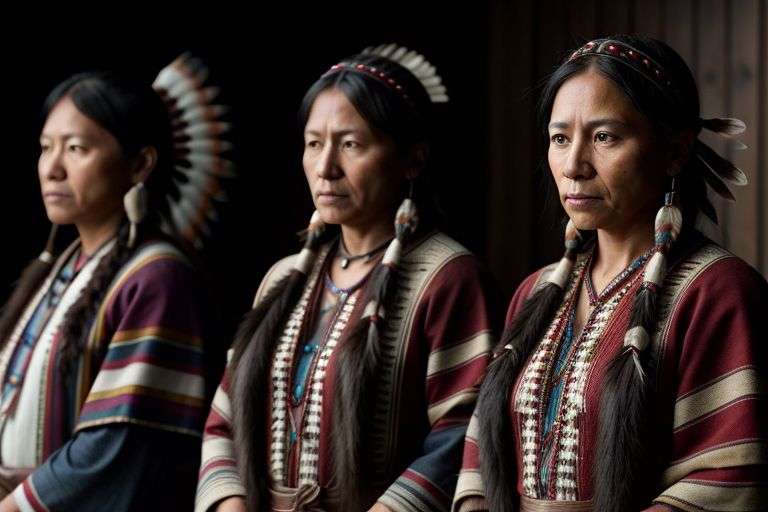
The Government of Canada’s historic formal apology to nine Dakota and Lakota First Nations marks a significant milestone in fostering unity and understanding. This pivotal moment signifies a new chapter in reconciliation efforts that aim to address the injustices and wrongdoings of the past.
By acknowledging the pain and suffering inflicted upon these Indigenous communities, the Government of Canada is taking a crucial step towards healing deep-rooted wounds and building stronger relationships based on respect and mutual understanding. This formal apology paves the way for meaningful dialogue and collaboration between the government and First Nations communities, emphasizing the importance of acknowledging past wrongs to move forward together in unity.
Embracing this new chapter of unity and understanding requires a commitment to truth and reconciliation, where actions speak louder than words. Through genuine efforts to address the historical injustices and systemic inequalities faced by Indigenous peoples, we can create a more inclusive and equitable society for all Canadians.
